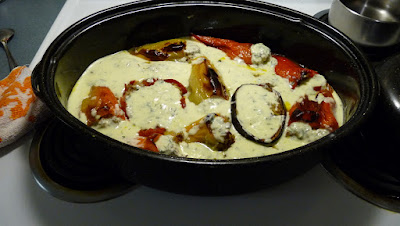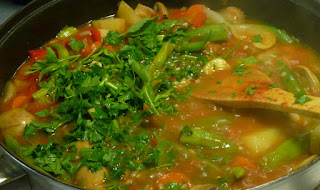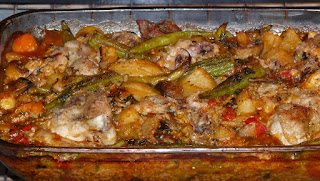Pelargonium roseum is a species in the Pelargonium genus, which is indigenous to various parts of southern Africa , and in particular South Africa
Geranium leaves expand blood vessels, promote digestion and act as an antiseptic. They scent compotes and jams from quinces, plums, pears, cornels pumpkin.
In folk medicine Geranium is used for healing diabetes, high blood pressure, heart disorders, and externally skin diseases and wounds.
Pelargonium distillates and absolutes, commonly known as "geranium oil," is sold for aromatherapy and massage therapy applications is sometimes used to supplement or adulterate more expensive rose oils. Other applications include:In folk medicine Geranium is used for healing diabetes, high blood pressure, heart disorders, and externally skin diseases and wounds.
- Natural insect repellent
- Cake ingredient (flowers and leaves)
- Jam and jellies ingredient (flowers and leaves)
- Ice creams and Sorbets ingredient (flowers and leaves)
- Salad ingredient (flowers)
- Sugar flavouring (leaves)
- Alcohol beveriges (leaves)
Baking pears whit geranium leaves scent entire house whit pleasant autumn aroma.
6 Bartlett
¾ cup sugar
2 geranium leaves
6 cloves
¾ cup water
1 oz Porto wine
2 oz walnuts
Bake in oven about 40 min / 400F, or until caramelized.
Serve whit your favourite sweet dumplings and ice cream.


































